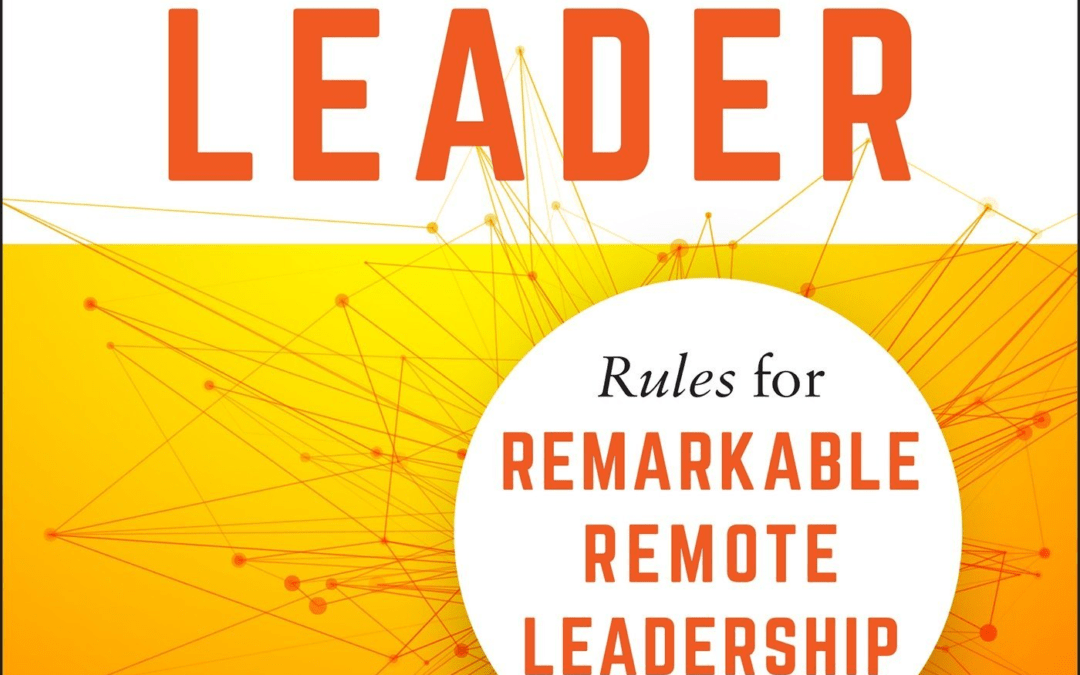Key concepts of the book
“Think about leadership first, location second”. This is the incipit of the book and also the first rule that is presented.
The authors, who boast significant academic and managerial experience, who also co-founded the Remote Leadership Institute, present the Remote Leadership Model in this book. They do so through a metaphor -which we would have preferred to be less mechanistic- about three gears:
- Management and Leadership Gear is about continuous learning and change, impact and communication, relationship building, and employee development.
- Tools & Technology Gear is the set of new tools and technologies with which one must become familiar.
- Skill and Impact Gear is characterized by a paradox: although studies show that those who use proficiently digital technologies are also more successful in other areas of leadership, in most cases managers do not receive specific training in this area and therefore make very limited use of the great possibilities offered to them today.
A second reference model proposed by this text is the 3 O’s model, which allows evaluating the effectiveness of leadership on three levels: Outcomes (vision, mission, goals, and results), Others (both in terms of development and influence), Ourselves. Maintaining focus and energy on these aspects, in a balanced way, is already complex in itself: distance makes things even more difficult because geographic distance also distances people emotionally, and requires a conscious, structured, and determined approach to building and maintaining these kinds of relationships. In addition, attention and focus on employees are not enough: one has also to commit on letting them know one’s closeness clearly and explicitly. Management often focuses on activities and not on the results employees produce: this is the main problem to overcome when one no longer has the opportunity to closely observe employees. However, the loss of control is an excellent opportunity to start building together, evolving from a management model that is outdated anyway. Be aware of one’s patterns and assumptions and question them; clarify mutual expectations early on; build real conversations and give feedback despite everyone’s resistance on doing it remotely: these are some of the simple yet practical tips the book offers for those facing the challenges of remote leadership for the first time.
Quotes from the book
All the tools, techniques and technology in the world are nothing without the head, heart, and hands to use them wisely, kindly and mindfully
If you don’t use the tool, you look out of touch and incompetent, but you don’t adopt the technology because you are afraid of looking incompetent and uncomfortable
People watch our feet more than our lips, but when they are remote, they can’t even watch our feet very easily. If you are to be truly Other focused, you must diligently show it to others through your actions
In the old days, people might have worked hard because the boss was watching -he or she could pop up in at any moment and find them doing something they shouldn’t…or not doing what they should. Leading remotely requires influence more than command. There are levels of accountability, trust, and proactive communication that, while desirable in a traditional workplace, are absolutely critical when you are not in close physical proximity
Book Structure & Contents
The first section recalls the basic concepts of leadership and the difference with management logic, and also focuses on presenting distance leadership: what made it a necessity, what fears and reactions it is often faced with, and the different ways teams and leaders are confronted with distance.
In the second section, the two reference models are presented: the 3 gears model and the 3 O’s model. Also, the main difficulties managers experience in dealing with these models in remote dynamics are explored.
The third section explores how to produce results remotely, exploring different types of goals, the process of goal setting -specifically, what makes goals realistic in remote work-, the processes of feedback and development, and how to manage remote meetings.
The fourth section deals with the theme of how to manage and involve others without a constant and close relationship, through the rule of personalizing the relationship based on the characteristics of the interlocutors and not on the manager’s natural way of being and interacting. Here the focus is on: how to act intentionally so that employees perceive closeness; the building of trust; the impact of choosing the right communication tools and their correct use to create stability and positivity in the relationship.
The fifth section takes up the theme -always present as a common thread in the text- of self-awareness, obtained both by widening the perspective by asking for feedback, and by defining and maintaining sustainable boundaries.
Finally, the sixth section proposes a series of summary self-reflection questions, and suggestions for online resources: a series of checklists, downloadable from the website, which have practical and concrete value in defining how to act with your remote team.
Reading Instructions
In recent months, the subject has been increasingly discussed, and this text has the value of being quite simple, fluent, and suitable for anyone, thanks to its concreteness and ease of reading.
Structured like a textbook, it is easy to read -and it is also written in very accessible English- it has short chapters, clear introductions, pauses for reflection with simple questions, and invitations to apply the reading to oneself.
This simplicity, however, is also its limitation, because, upon the ending, comes to mind the impression of having received a distillation of common sense, but without innovative stimuli aimed at better understanding the evolution of our way of working and our society in general.
